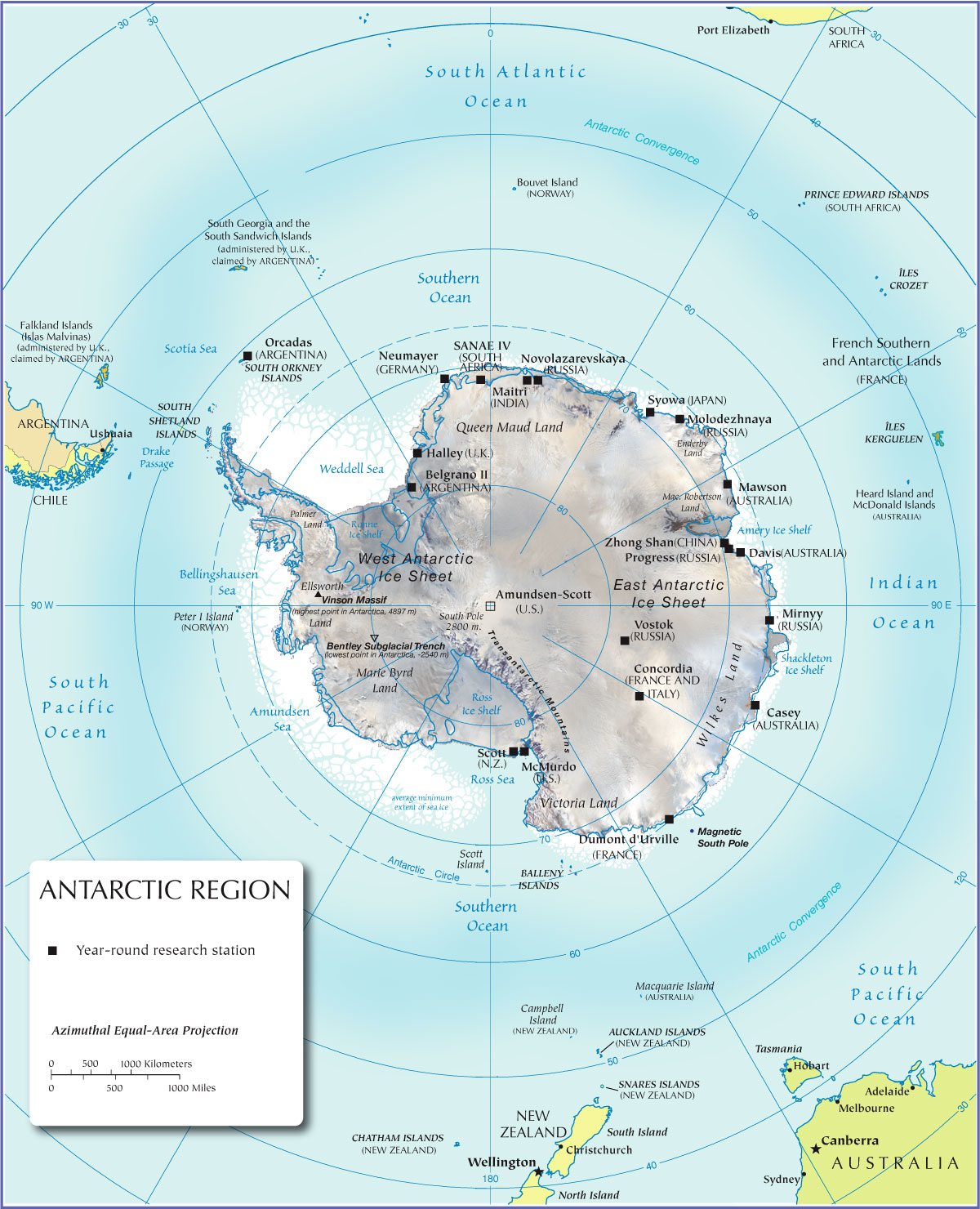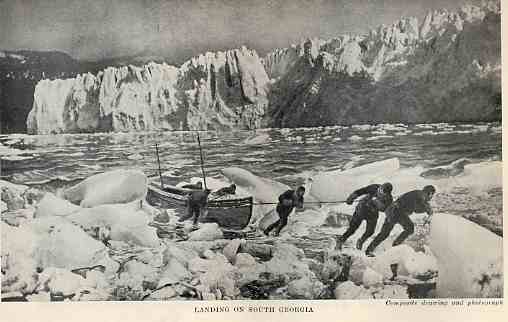I had only a vague general knowledge of who Ernest Shackleton was before I checked this book out of the library a few days ago. I'd seen references to him occasionally so I knew he led an expedition to the Antarctic, that his ship sank, and members of the expedition survived but were stuck living on a frigid, barren island for many months. I also had a vague recollection that PBS broadcast something abut Shackleton and Endurance this winter, but never saw it.
What I did not know was that prior to making it to the island, the expedition spent about a year living on an ice floe when the Endurance became trapped in pack ice in the Weddell Sea. For part of the time the men were able to remain on board ship; the ship wasn't going anywhere, but all that meant was that the men had to make their winter quarters on board the ship instead of building huts and living on land. During the worst of the winter, the coldest, darkest months, they spent most of their time below decks but kept busy with music and making preparations for what they hoped would be the actual transpolar expedition in the spring. After pressure ice destroyed the ship, the expedition members then made camp on the ice itself. Shackleton had determined the drift direction of the ice and realized the best prospects for their survival were to make camp and wait for the combination of the slow drifting northward and the arrival of summer weather to cause the ice to begin breaking up. When it did, they could launch the small boats and use them to try to reach land.
| A remarkably honest ad, although it fails to mention that Christmas dinner will not be the traditional English goose. |
Even after landing on South Georgia, their troubles weren't over. Because of sea and ice conditions, they had to land on the opposite side of the island from the whaling stations. After camping for a day or two to regain their strength, Shackleton and the two other men still physically capable of undertaking the trek then walked across the mountainous and glacier-covered interior of the island to the station. A ship from the station then rescued the other three men left camped out near where they had landed.
Although Shackleton was able to obtain assistance from the government of Argentina in relieving the men marooned on Elephant Island, several months elapsed before they were able to mount a successful effort. Sea conditions and pack ice stymied their first two tries, and Shackleton began to despair that the food supplies on Elephant Island would run out before the men could be rescued. As it was, they cut it very close.
In the end, however, all the men were rescued. No one who accompanied Shackleton on Endurance died, which, considering the risks they encountered and the conditions they endured, is quite a tribute to Shackleton's leadership abilities.
Would I recommend this book? Yes. Not only is the book well-written, Shackleton had a dry wit that creeps in occasionally, a definitely wry sense of humor -- he describes the life boats that had seemed so large and awkward when they were sledging them across the ice floes as having "mysteriously shrank" once they were in the water. As he notes, it's often man's ability to laugh under the most appalling conditions that makes it possible to keep going. Overall, it's a fascinating story, and it gives a person a renewed appreciation for Gore-Tex, Thinsulate, and other wonders of modern outdoor life. After reading about meals consisting of hoosh (apparently the early 1900's version of an energy drink made from smashed biscuits and whatever meat was available) and tea made from melted snow even CLIF Energy Bars (renowned for looking and tasting like they've already been through a bear) are looking good. For sure I'm never going to look at penguins the same way again.



Added to my list. You write a great review!
ReplyDeleteI did read that. For a more modern saga you might try
ReplyDeleteSILENT SNOW - THE SLOW POISONING OF THE ARCTIC by Marla Cone.
The most polluted people on earth are the far north native inhabitants. Some of the women's breast milk have such high levels of PCB that it would be classified as hazardous material here in the US.
the Ol'Buzzard